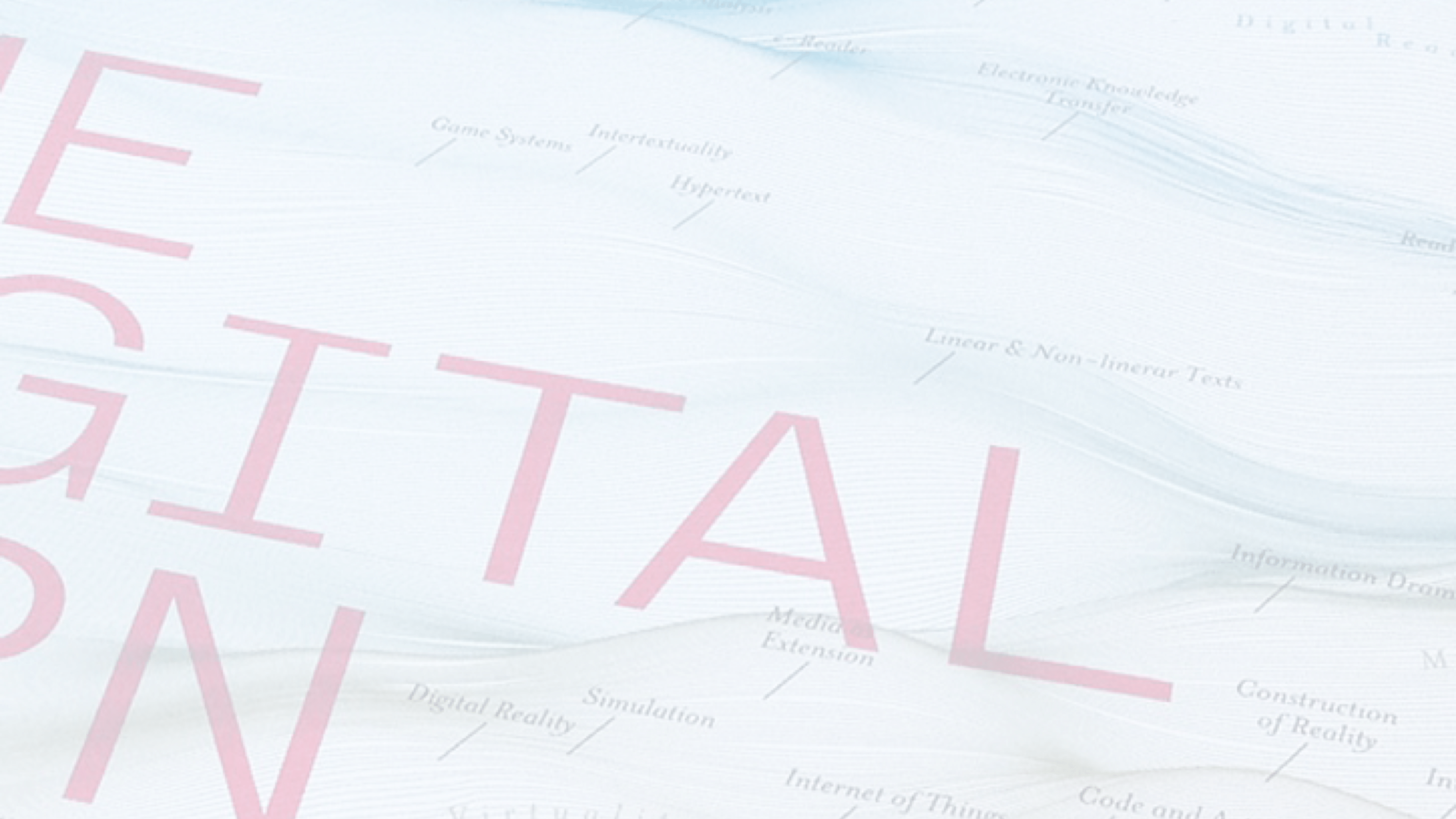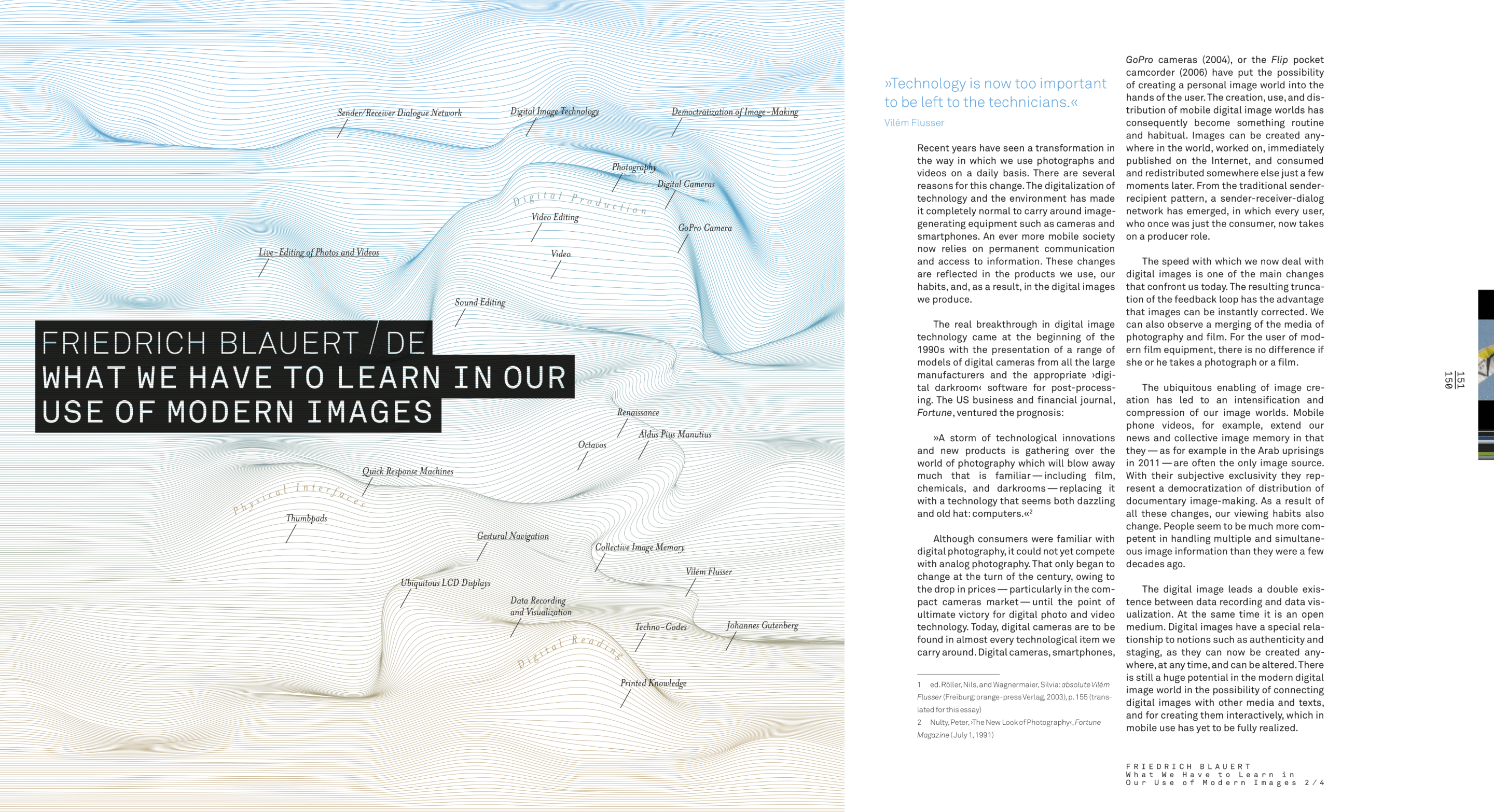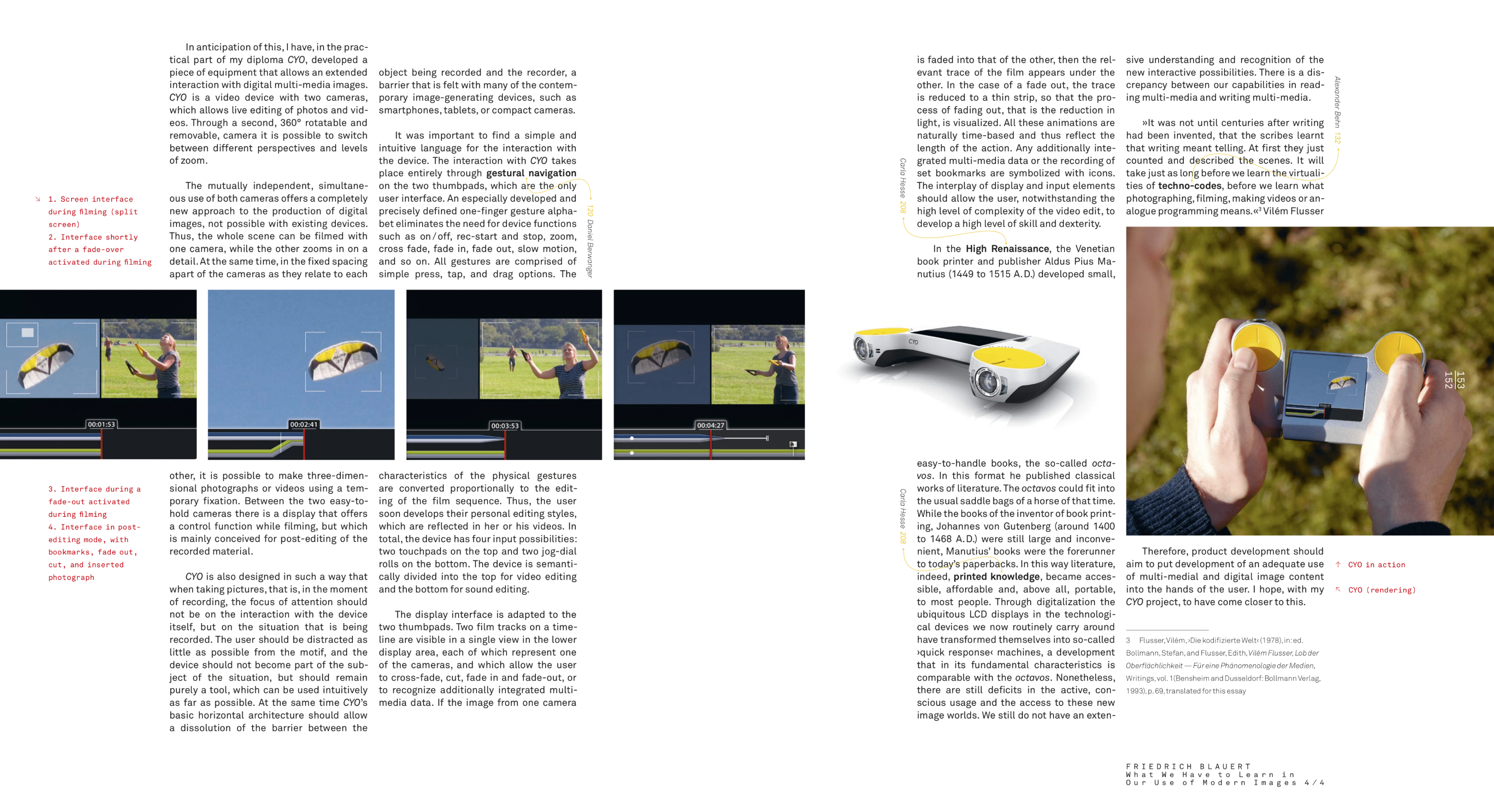How might we adapt traditional design methodologies for digital information representation in the face of evolving technology?
The ways of representing information and content are increasingly dominated by the interactive technologies of digital media. Today design professionals must navigate the constantly changing world of digital technology in order to give consumers a positive aesthetic experience. Which methods, attitudes, and design solutions should be pursued in the traditional areas of graphic, product, material, and surface design when dealing with new technologies?
My essay „What we have to learn in our use of modern images“ is a short excerpt from my master’s thesis at the weißensee – Kunsthochschule Berlin in 2011. Under the strong impression of the Arab Spring in early 2010, its massive use of digital images in social media (e.g. Twitter) and the importance of images in driving the movement, I argued that users still have to learn how to use digital images.
Digital images have a special relationship to notions such as authenticity and staging, as they can be created anywhere, at any time, and can be altered. There is still a huge potential in the modern digital image world in the possibility of connecting digital images with other media and texts, and for creating them interactively, which is a key feature of digital images and has not yet been fully realised in mobile use (remember: text was written in 2011). My practical master’s thesis CYO was designed in anticipation of this.
The editors of this wide-ranging volume work in four different disciplines — conceptual development, interactive design, visual communication, and digital media — and they provide a uniquely multifaceted and profound overview of how designers can respond to the challenges posed by interactive digital technology. The outcome is the publication The Digital Turn – Design in the Era of Interactive Technologies. Looking at both the obstacles that the digital world creates for designers and also the opportunities to do new and boundary-pushing work that it provides – thus the publication is a complete account of designing with interactive technologies.
Among the more than 50 authors are leading media theoreticians, designers and interaction designers such as Alan Kay, Troika, Kenya Hara, Lev Manovich, Nicholas Negroponte, Casey Reas, Arjen Mulder, LustLab, and Maggie Orth, to mention but a few. Diploma theses and examples of experimental student work from the weißensee – Kunsthochschule Berlin are also represented in the book.




